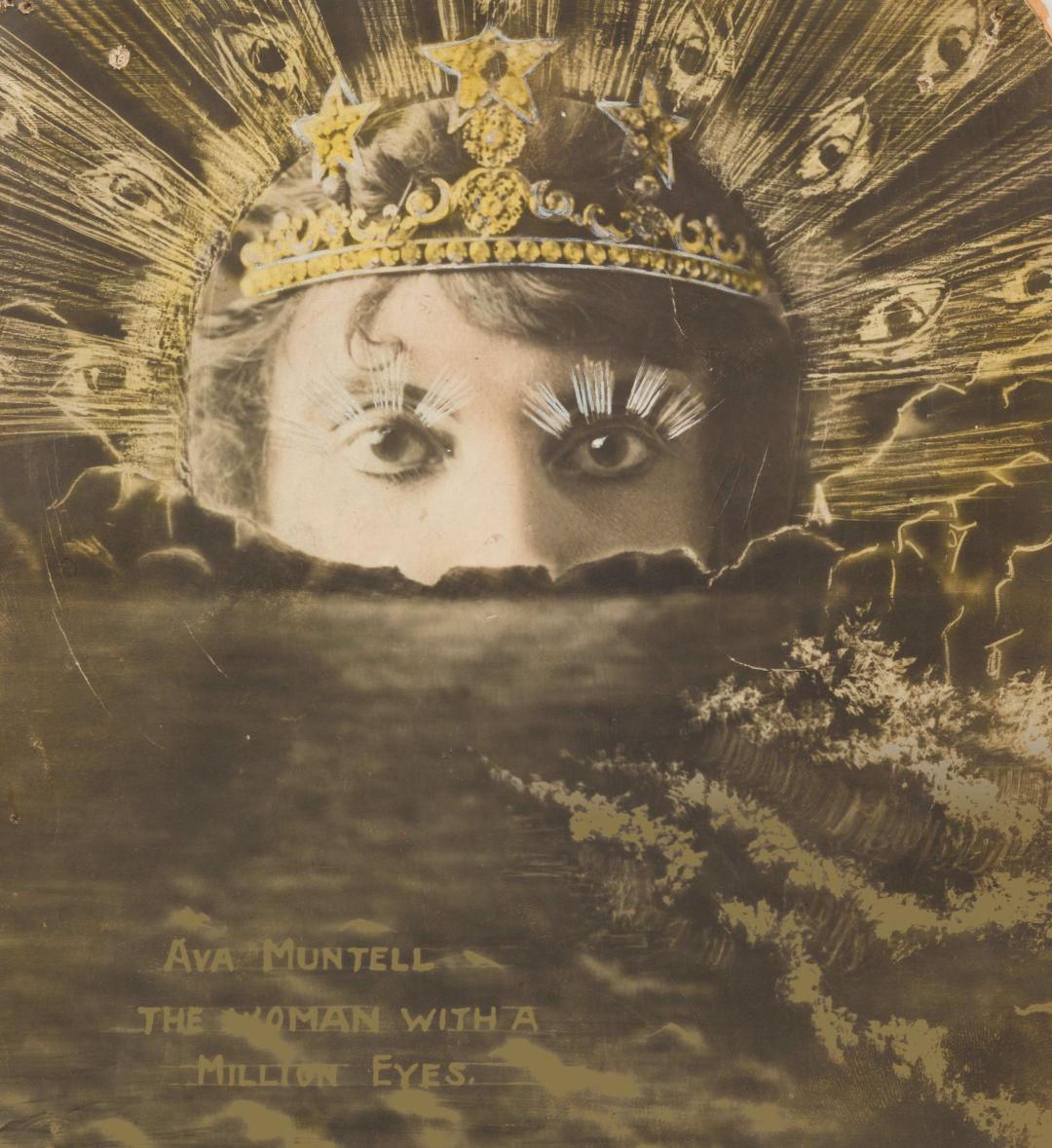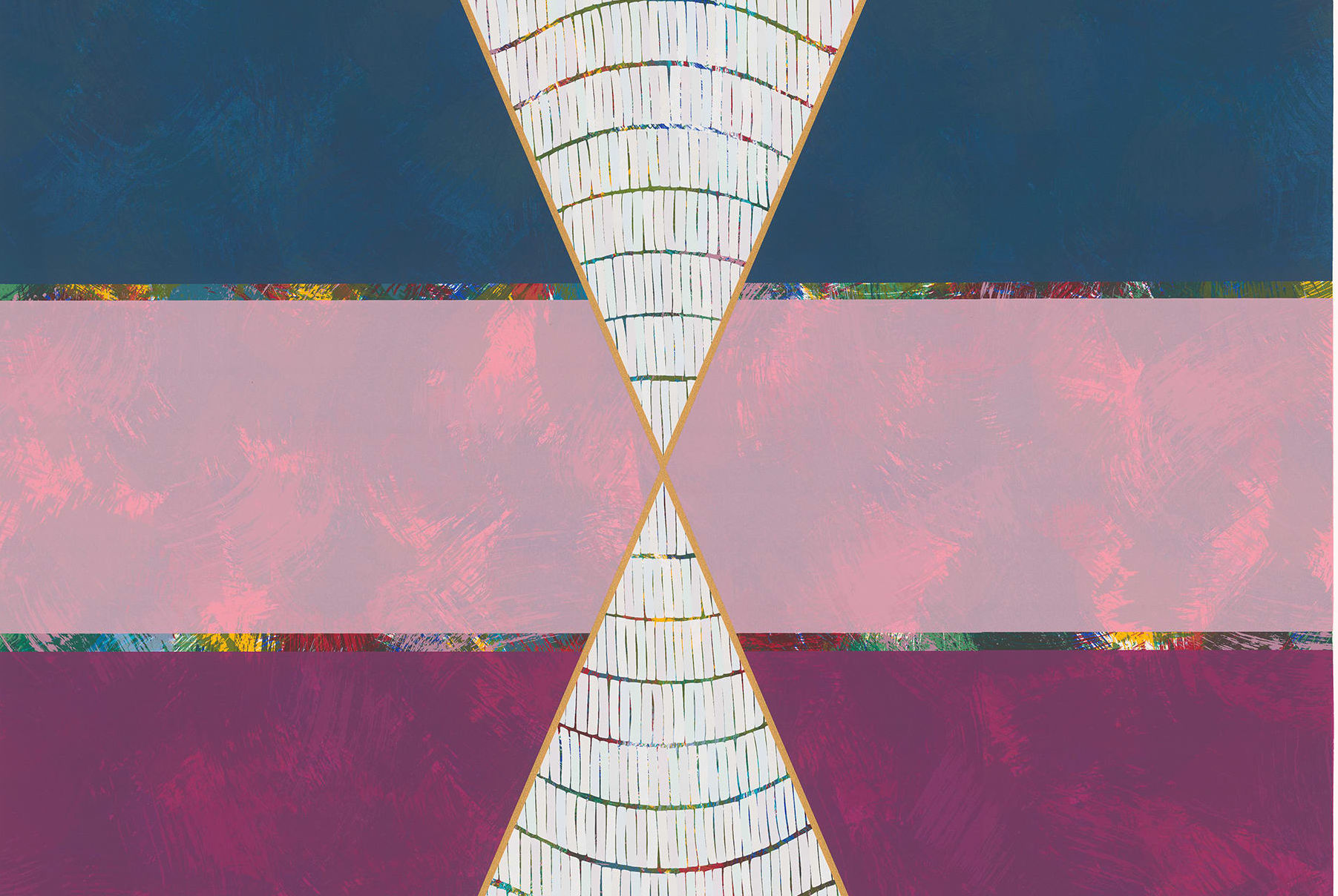A New Exhibition at The Ringling Delivers Chills, Thrills and Plenty of Historic Curiosities

Something a bit different—and perhaps a bit spooky—is headed to the John and Mable Ringling Museum of Art. It’s an exhibit called Conjuring the Spirit World: Art, Magic, and Mediums, and it’s arriving, fittingly, from the Peabody Essex Museum in a town known for its magic and witchcraft history: Salem, Massachusetts.
The show, which is on display from March 15 to July 13, is appropriate for the Ringling, too, since the museum’s circus history carries traces of tricks and illusions. In fact, Christopher Jones, the museum’s Stanton B. and Nancy W. Kaplan curator of photography and media arts, says the museum’s circus collection is a major reason the show is coming here.
“We were contacted by George Schwartz, the curator at the Peabody, reaching out about a couple of objects in our collections,” says Jones. “He had visited here and was impressed by our circus posters and such related to magicians, along with a crystal ball in our collection. From him, Jennifer [Lemmer Posey, the Tibbals curator of circus at the Ringling] and I learned about the exhibition there and both became really fascinated. There are so many connections to the circus and the history of performance and spectacle of the 19th century. And from my purview as photography curator, the spirit photography is a big part of the exhibition, as well.”
Spiritualism became a huge movement in America in the 19th century, prodded by the horrific casualties of the Civil War, and, later, in the 20th century, the carnage of World War I. “There’s something about working through death and the grieving process where people are doing this sort of soul searching,” says Jones. “It’s a way to get a feeling of closure, coming to terms with death and the afterlife, and asking, ‘Are the dead still among us? Is it possible to still communicate with those who have passed on?’”
Of course, that hunger for answers led to many opportunities for fakes and imposters to take advantage of those dealing with grief. Visitors to the show in the Searing Galleries will be able to participate firsthand in some of the tricks of the trade, like the rapping hand experience of a séance or a reenactment of Pepper’s ghost—a creation of 19th-century British scientist John Henry Pepper that projects an offstage object so that it appears to be in front of an audience, a phenomenon that first caused a sensation during an 1862 production of the Charles Dickens novel The Haunted Man and the Ghost’s Bargain.
Visitors can also expect to see, among the 200 or so objects in the show, Ouija boards, spirit clocks and technical apparatuses used to enable images of spirits, along with posters featuring illusionists and magicians and costumes from well-known mediums. Among the famous names that spring to mind when discussing Spiritualism: Harry Houdini and Sir Arthur Conan Doyle.
“We associate Doyle with the very rational Sherlock Holmes, deductive reasoning, the emergence of detective work,” Jones says. “But Doyle himself really wanted to believe in Spiritualism. He had lost his son, and it was very important to him. Houdini lost his mother and he felt the possibility of connecting to her through a medium. But as an illusionist, he realized the kinds of tricks that were used. He saw how easy it was to fool people, and he wanted to debunk the fakes.”
Still, “that power of belief is an important part of Spiritualism, and the exhibition,” Jones adds. Spiritualism remains influential, he says, pointing to the town of Cassadaga, Florida, where palm readers, psychics and ghost tours abound, as an example.
Closer to home, the Ringling plans to offer a magic performance and curator tours, with Schwartz also traveling from Salem for a related presentation. In Salem, the exhibition took place around Halloween, but the Ringling’s will be on view over Easter—perhaps not as haunted a period, but still a moment to contemplate life after death and the hope of resurrection. And Jones promises the Ringling galleries “will be transformed enough that you will feel transported into a new environment”—one with a supernatural flair.
Conjuring the Spirit World: Art, Magic, and Mediums is on display March 15-July 13. For more information, call (941) 359-5700 or visit ringling.org.



